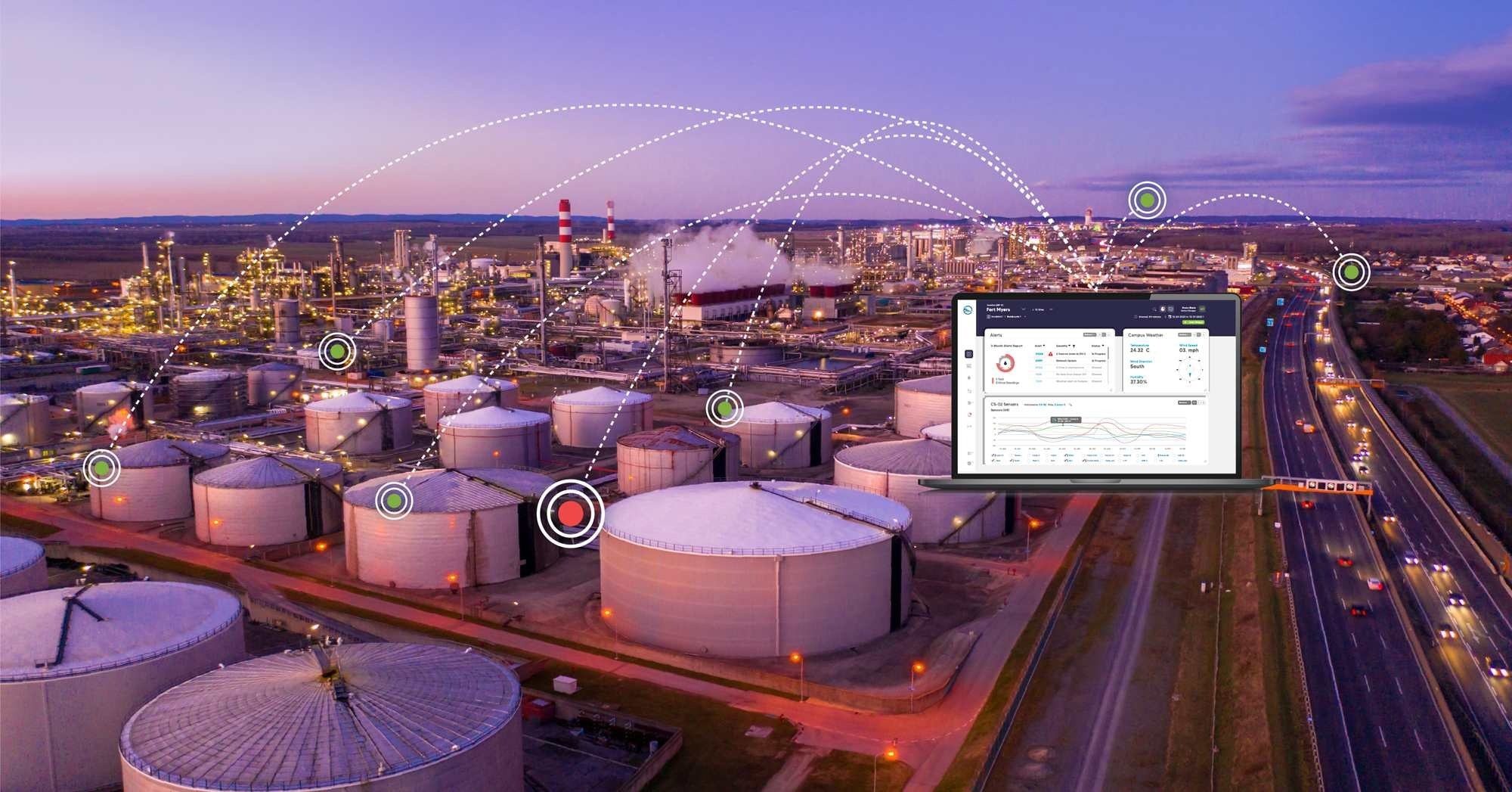Industrial monitoring is changing, driven by technologies that support greater efficiency and regulatory compliance. While traditional methods have served their purpose, the increasing complexity of environmental regulations is pushing industries toward real-time data solutions.

Image Credit: Montrose Environmental
At Sensible EDP, manual monitoring and time-based checks are no longer sufficient to meet today’s demands. As regulations tighten and environmental expectations rise, the shift from reactive to proactive monitoring becomes essential.
That’s where early leak detection comes in. A Leak Detection Sensor Network (LDSN) offers a practical way to simplify monitoring, enabling faster response times and helping facilities stay ahead of potential issues before they escalate.
The Transition to Early Leak Detection via LDSNs
Early detection allows issues to be identified as they arise, enabling timely intervention before they escalate into larger, more expensive problems. It also enhances safety by reducing the risk of prolonged exposure to hazardous emissions.
Unlike traditional manual methods that rely on scheduled maintenance and routine inspections, which can sometimes miss intermittent or unexpected leaks, Sensible EDP’s LDSN solution provides continuous, real-time emissions monitoring, offering immediate alerts when leaks are detected. This proactive approach enables early identification and quick resolution.
Advantages of Initial Leak Recognition Over Conventional Techniques
Downtime Reduction
Unmonitored leaks can lead to significant operational delays. LDSNs deliver immediate leak alerts to operators, enabling faster response, reduced product loss, and less time a component is left leaking.
By pinpointing leak sources through a Potential Source Location (PSL) window, LDSNs help technicians accurately identify emissions for proper documentation and prompt repair initiation.
Efficiency and Safety
Continuous, real-time monitoring of key systems and equipment helps extend their lifespan by identifying potential issues before they lead to costly repairs or failures. LDSNs can also reduce product loss from leaks by as much as 5–10 %.
Safety is another major benefit. Early leak detection helps prevent catastrophic failures, protects employees, and lowers the risk of accidents. Integrating LDSNs into your operations supports a safer, more efficient work environment while minimizing both operational and environmental risks.
Adherence and Environmental Responsibility
As environmental regulations tighten, early leak detection is becoming essential for compliance in industries that handle hazardous materials. Real-time monitoring helps companies avoid violations, preventing costly fines and environmental harm.
By identifying leaks early, LDSNs also support sustainability goals by addressing small issues before they escalate. This proactive approach promotes cleaner operations, reduces pollutants, and gives industries greater visibility into their environmental impact.
How to Get Started
Identify a Location for the Network: Begin with a site survey to determine optimal sensor placement, assess connectivity options (cellular vs. Wi-Fi), and evaluate power needs—whether 24V DC, solar, or battery-powered.
Consult with a Montrose Expert About a Pilot: Discuss your specific requirements and receive a tailored proposal outlining survey plans and recommended sensor placement.
Plan a Site Visit: Coordinate with Montrose to finalize the network design and prepare for installation.
Installation and Monitoring Begin: Sensors are installed and activated, streaming real-time data to the cloud as the platform monitors for potential leaks.
Once deployed, sensors operate 24/7, sending data to the cloud every second. Using smart triangulation, the platform identifies PSLs, alerting your team to investigate and confirm leaks. Throughout the process, the system delivers real-time updates, tracks progress and generates detailed reports, ensuring full transparency and rapid issue resolution.
Seamless Integration with Sensible EDP
Implementing a new monitoring system requires careful integration into existing operations. Sensible EDP’s platform is built to fit seamlessly into your workflows, offering end-to-end support, from installation to ongoing data analysis.
The platform centralizes emissions data across pollutants in real time, all in one place, making analysis and regulatory reporting straightforward and accessible. The Montrose team collaborates closely with clients to ensure effective sensor placement, tailored alert settings, and a smooth integration of real-time monitoring into day-to-day operations.

This information has been sourced, reviewed and adapted from materials provided by Montrose Environmental Group, Inc.
For more information on this source, please visit Montrose Environmental Group, Inc.